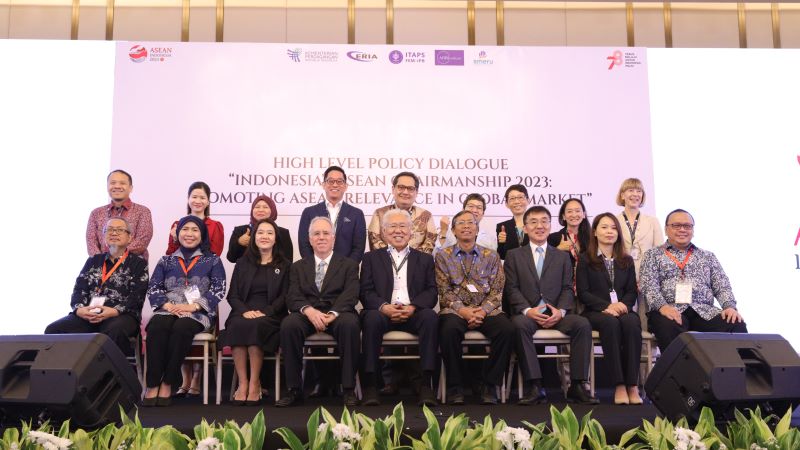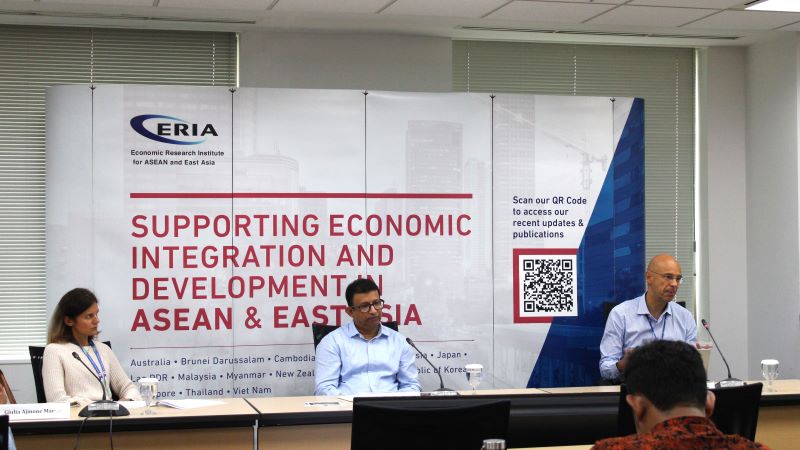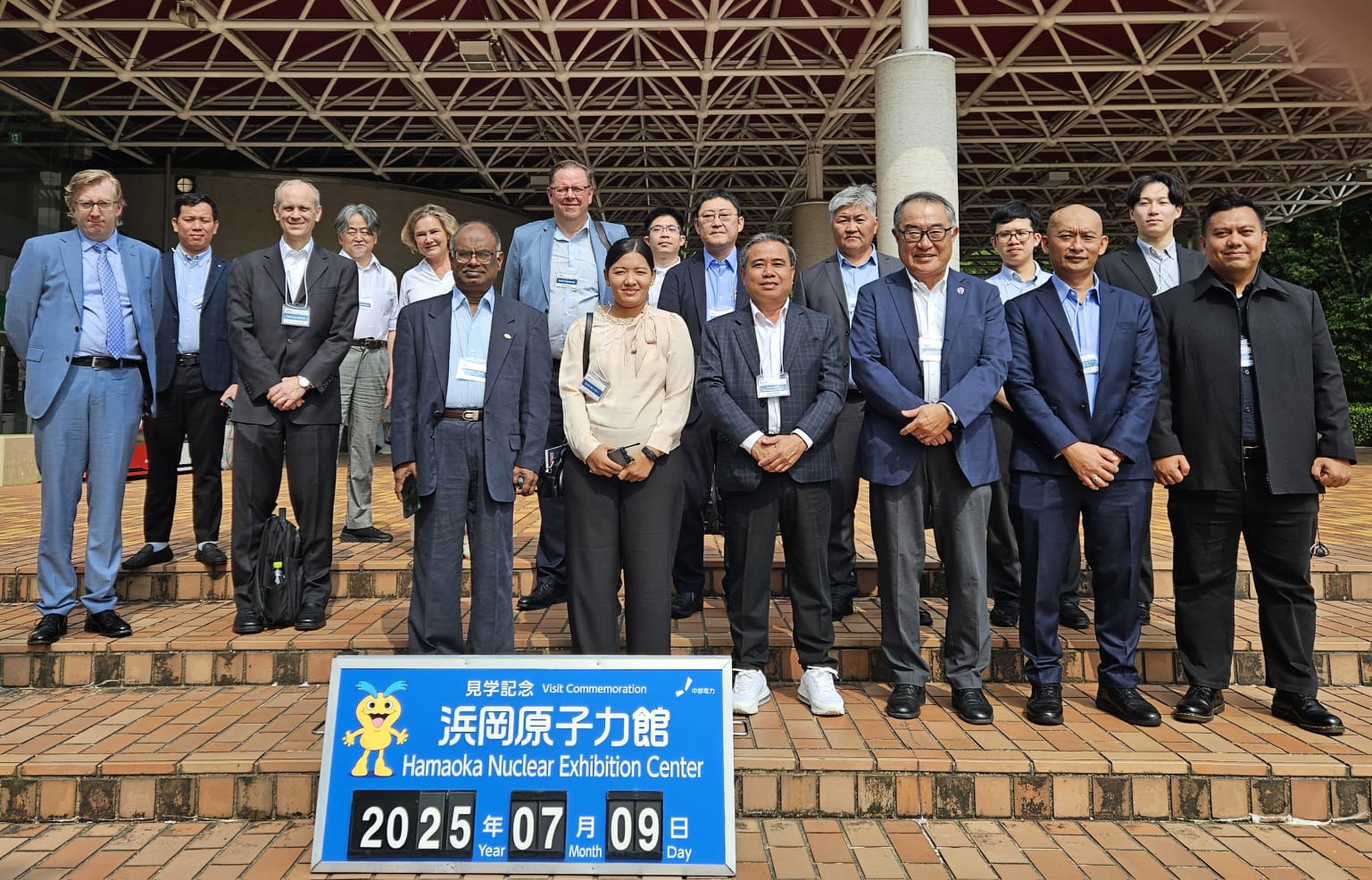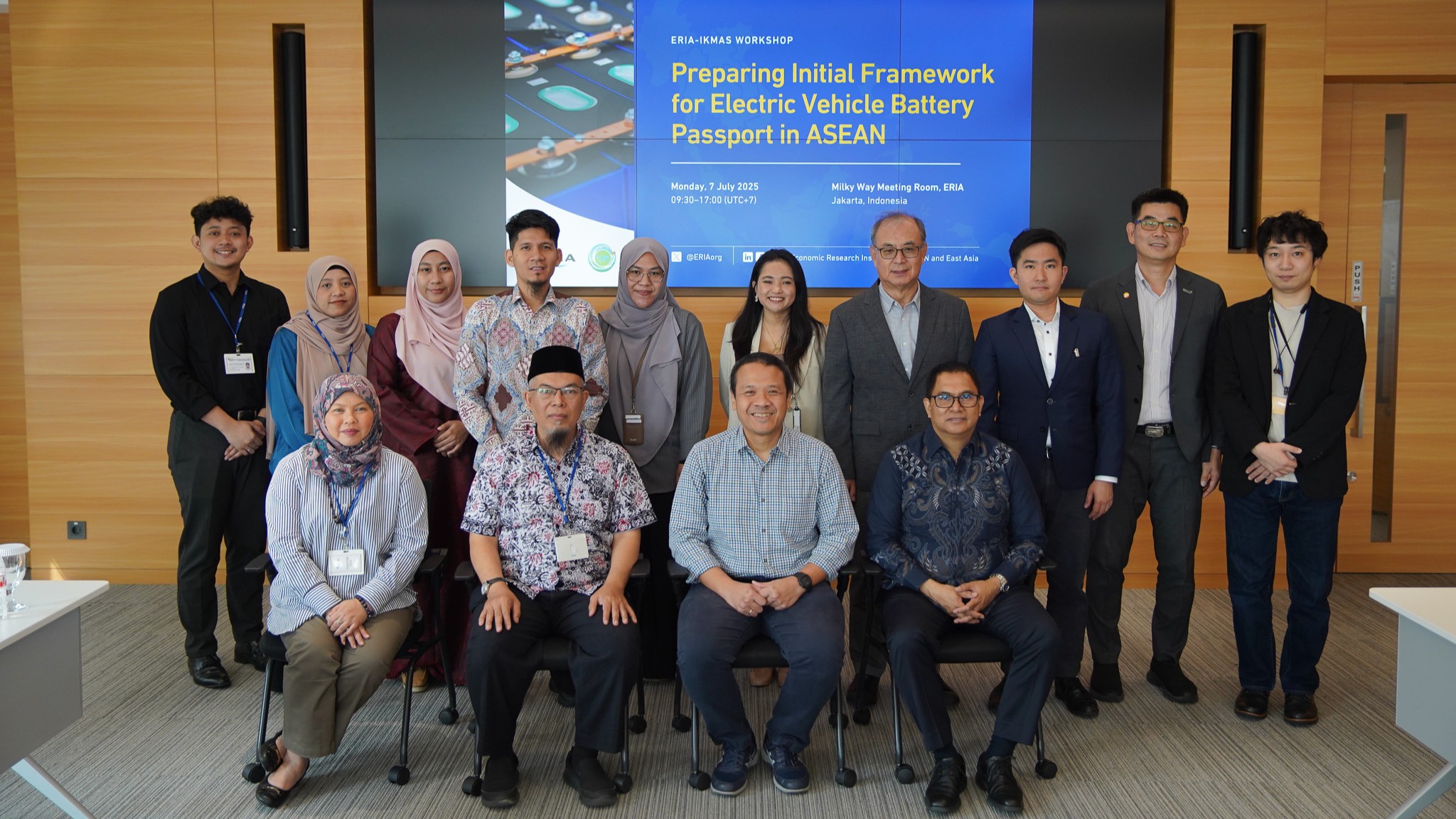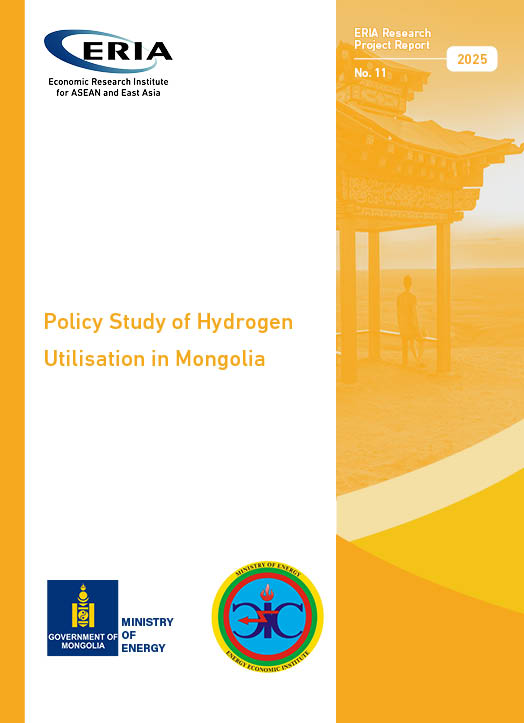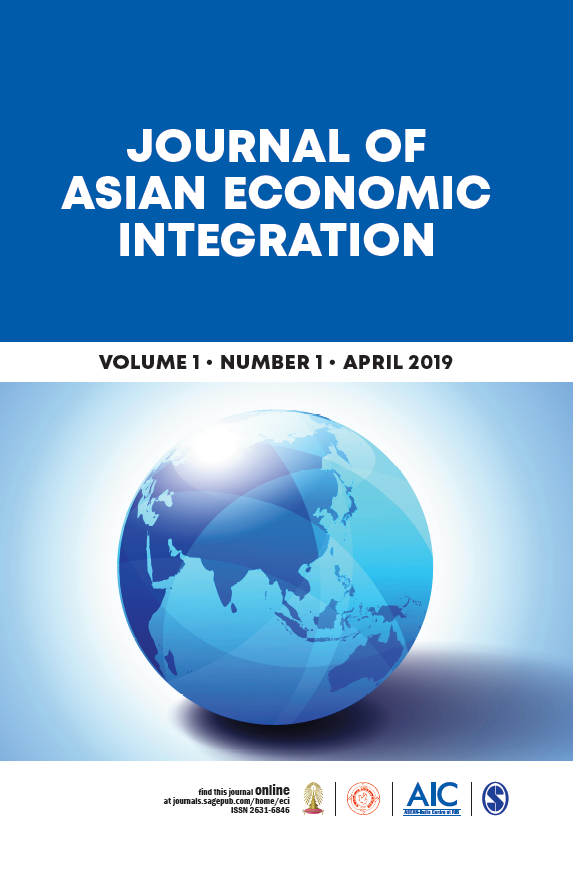Southeast Asia’s tech industry goes from a gallop to a canter
Date:
30 December 2022Category:
OpinionsTopics:
ASEAN, Start-up, TechnologyShare Article:
Print Article:
By Giulia Ajmone Marsan, Strategy and Partnership Director: After a couple of years of spectacular growth, tech start-ups and tech giants alike are now facing a less optimistic outlook. During the third quarter of 2022, venture capital (VC) investments and deals globally fell to levels not seen since the beginning of the COVID-19 pandemic. This slowdown in investment is hitting North America and Europe particularly hard — but Asia is being affected too.
During 2022, the slowdown in investments hit both high-income and emerging Asia, with Asia’s largest economies, India and China, being heavily affected. Layoffs of tech workers are becoming increasingly common.
The negative outlook is the result of a complex combination of factors: the largely hawkish policies of central banks, developed economies attempting to curb post-COVID-19 inflation (primarily the rate hikes by the Federal Reserve resulting in a very strong US dollar), Russia’s invasion of Ukraine and the subsequent volatility in food and energy prices. While 2021 was an ideal year to be an early-stage tech entrepreneur and investor, the same cannot be said for 2022.
Trends across ASEAN exhibit, to some extent, a similar evolution. A fast acceleration of deals and investments in the lead up to 2022, followed by a recent slowdown, inevitably accompanied by layoffs by many tech giants. According to the ASEAN Investment Report 2022, VC investments continued to grow from the mid-2010s, to reach more than US$66 billion in mid-2022. VC investment in the region rose by a factor of 2.6 between 2015 and 2020, outperforming both China and India.
This phenomenon shows the great innovation potential of ASEAN. The significant growth of VC investments has helped the region to give origin to more than 40 ‘unicorns’ — start-ups valued at over US$1 billion. The now famous post-initial public offering (IPO) digital giants, the large majority of which operate in the digital economy sector, can also be credited to this growth. VC investments in ASEAN remain primarily concentrated in Singapore, ASEAN’s leading innovation hub, and Indonesia, ASEAN’s biggest market. But the proportion of investments going to other countries like Vietnam, Thailand, Malaysia or the Philippines has recently been growing.
In 2022, these investments have begun to slow down. The amounts raised by ASEAN start-ups were down by around 40 per cent during the second quarter of 2022 compared to the previous year. The digital economy so far appears to have remained resilient. Start-ups and deals related to tech and internet sectors were affected by smaller declines, if any. But investors are now more cautious, especially vis-a-vis late-stage investments, as IPO gains are becoming less likely in the current macroeconomic scenario.
Global conditions are currently far from ideal for investors and early-stage entrepreneurs and the global economic outlook remains extremely volatile and very difficult to predict for the medium to long term. But there is no reason to be overly pessimistic when looking at ASEAN.
The region is characterised by a strong macroeconomic performance. ASEAN’s economic growth is projected to be above 5 per cent in 2022 and 2023, outperforming China for the first time. This very favourable macroeconomic outlook will certainly be appreciated by international and regional investors.
ASEAN is still perceived by international investors as a high-growth potential and less known Asian market when compared not only to developed Asian economies, like Japan or South Korea, but also to large emerging ones, like China and India. There is also room to expand the role of regional investors. ASEAN-based private equity and VC firms are a growing source of funding for start-ups and for cross-border activities, but in 2021 they accounted for less than a quarter of investment into ASEAN-focused venture capital funds.
A vast majority of leading ASEAN venture capital firms and funds are headquartered in Singapore, but there is an opportunity for an expansion of activities in other ASEAN countries. Policies to support the emergence and consolidation of innovation ecosystems both in individual ASEAN member states and on a regional level could significantly accelerate this process.
Such policies include boosting investments in research and development in both public and private organisations and strengthening connections with leading innovation hubs in Asia to increase the quality of research and higher education institutions. Examples of initiatives going in this direction exist in both more and less advanced ASEAN countries: from Malaysia’s Entrepreneurship Action Plan Higher Education Institutions 2021–2025 to the recently established Cambodia Academy of Digital Technology in Phnom Penh.
The digital economy also continues to grow fast in the region. According to the latest e-Economy report by Google, Temasek and Bain & Company, the digital economy across ‘ASEAN-6’ (Indonesia, Malaysia, the Philippines, Singapore, Thailand and Vietnam) is expected to reach US$200 billion in gross merchandise value in 2022. This is three years earlier than originally estimated by the 2016 edition of the same report. The region saw the emergence of 100 million new internet users over the last three years. E-commerce and fintech are growing steadily.
These reasons for cautious optimism for growth and the evolution of the ASEAN start-up ecosystem should not delay much-needed policy developments. Innovation-driven entrepreneurs have much to benefit from more integrated ASEAN economies. More coherent and cohesive regulation, especially in the digital space, and enhanced improvements in physical and digital infrastructure and cross-country connectivity are just a few advantages. Most important of all, increased integration allows significant investments in skills development as well as talent attraction, retention and circulation on a regional and global scale.
ASEAN is very well positioned to become a leading innovation hub over the next decades. It is important to address these issues now for the transformation to happen sooner.
This opinion piece was written by ERIA's Strategy and Partnership Director, Ms Giulia Ajmone Marsan, and has been published in East Asia Forum. Click here to subscribe to the monthly newsletter.
Disclaimer: The views expressed are purely those of the authors and may not in any circumstances be regarded as stating an official position of the Economic Research Institute for ASEAN and East Asia.

